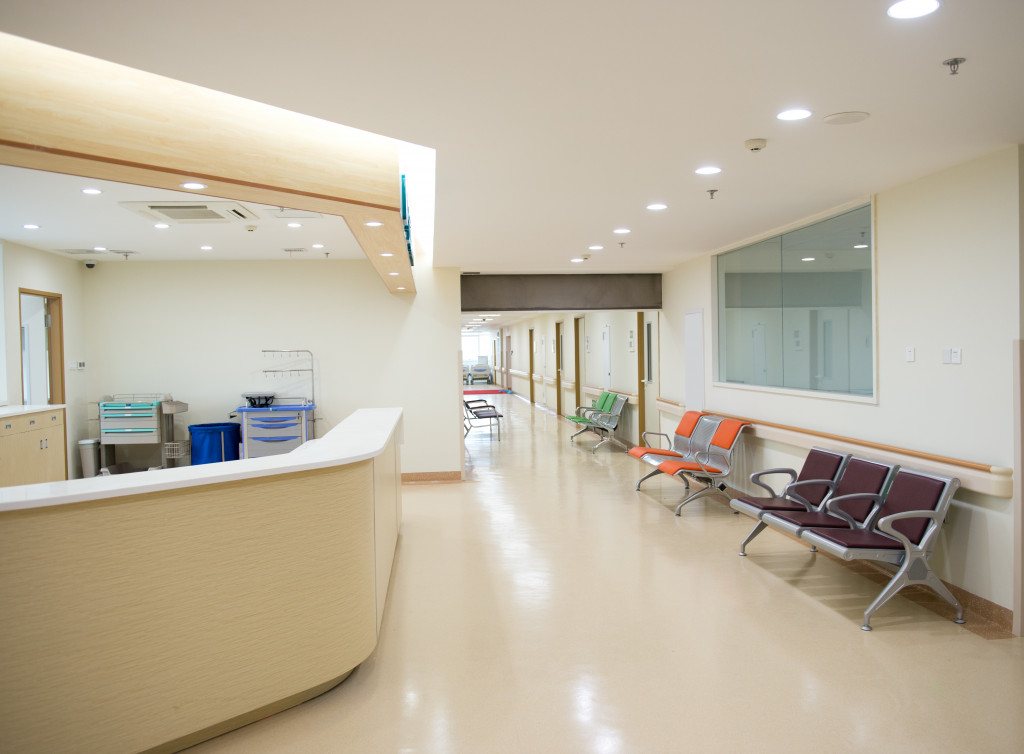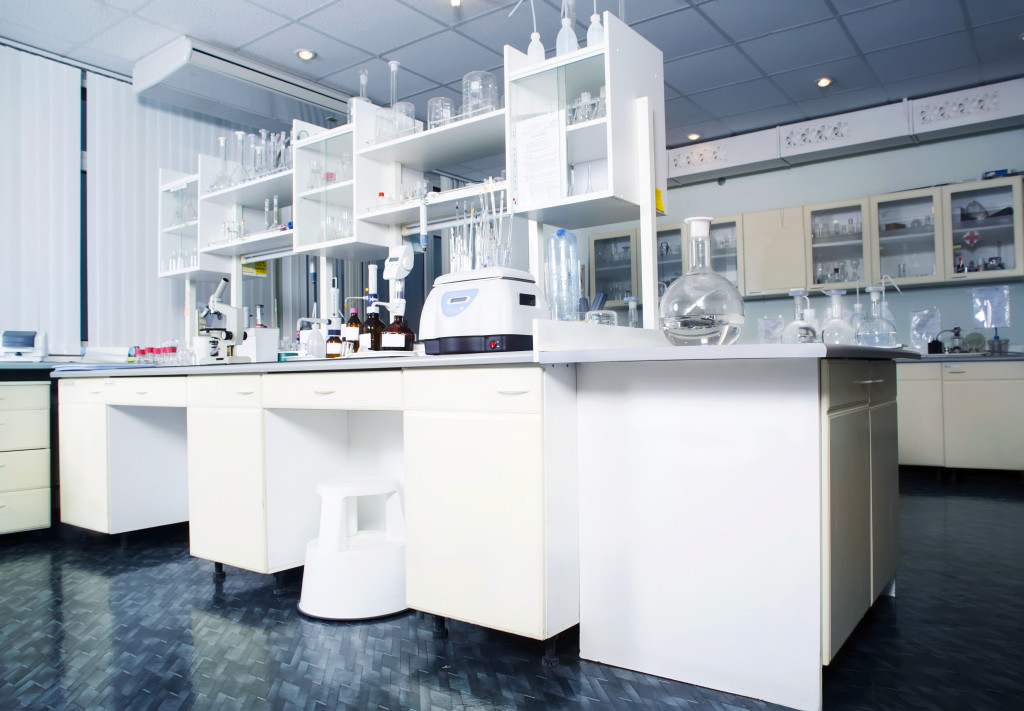Disclaimer: This website provides health information for educational purposes only and is not a substitute for professional medical advice, diagnosis, or treatment. Always seek the guidance of a qualified healthcare provider with any questions you may have.
Hospitals, clinics, and other medical facilities are under constant pressure to perform at the highest level possible. This is because lives often depend on the work that they do. This pressure can be challenging to manage, and one of the best ways to deal with it is by ensuring that all equipment is in good working order. Regular maintenance helps to prevent any severe malfunctions or accidents.
For medical business owners, it’s essential to keep in mind that staff safety is paramount. Not only does this protect your employees, but it also safeguards against any potential lawsuits. Furthermore, a well-maintained facility gives off the impression of professionalism and competence. This can be important for both patients and staff.
Many things must be done regularly to maintain a high-quality medical facility. Here are a few examples:
Checking and Replacing Any Worn-out Parts
Regular maintenance is crucial for hospitals, clinics, and other medical facilities. One of the most important things to remember is checking and replacing worn-out parts. This is because worn-out parts can lead to serious malfunctions or accidents. It’s crucial to stay on top of regular maintenance to ensure that all equipment is in good working order.
Including regular checking and replacing in your monthly routine schedule will help you avoid costly downtime or repairs. Remember to check door hinges, flooring for wear, light bulbs, and anything else that gets a lot of use daily. Even your facility’s electrical systems must be regularly serviced to avoid potential hazards. Your local industrial electrician can help you with this. Plumbing should also be periodically checked for any leaks or drips and ensure that all fixtures are appropriately secured. Don’t neglect these and other vital areas of your facility because they’re not customer-facing.
Cleaning and Disinfecting All Surfaces
Another important aspect of regular maintenance is cleaning and disinfecting all surfaces. This is especially important in medical facilities, as patients’ health can be at risk if the premises are not clean. It’s vital to ensure that all surfaces are cleaned regularly to keep everyone safe. This includes floors, walls, ceilings, furniture, and equipment.
In addition, it’s important to disinfect all surfaces regularly. This helps to kill any harmful bacteria that could cause illness. Furthermore, keeping all areas clean and free of clutter is important. This helps to prevent trip hazards and ensures that staff can move around freely. Many reputable companies offer these services if your business doesn’t have an in-house disinfecting and cleaning team. Regular cleaning and disinfecting are critical for hospitals, clinics, and other medical facilities, so don’t neglect this important task.

Calibrating All Equipment
Calibrating all equipment is another important aspect of regular maintenance. This is because medical institutions need precise measurements. To ensure that all equipment works correctly, it’s important to calibrate it regularly. This helps to ensure that patients receive accurate diagnoses and treatment. Calibrating equipment also helps to improve the efficiency of the overall operation of the medical institution.
While it may seem time-consuming, calibrating equipment regularly is essential to a medical institution’s smooth running and helps ensure that patients receive accurate diagnoses and treatment. Contact your equipment provider for more information on how to calibrate your equipment.
Inspecting the Premises for Any Potential Hazards
Most people would agree that medical facilities are unique places that require a high level of cleanliness and safety. This is because they care for sick and vulnerable people at risk of contracting infections. For this reason, medical facilities must be regularly maintained. This involves inspecting the premises for any potential hazards, such as trip hazards or loose wiring, and ensuring that all equipment is properly sterilized.
Safety officers should inspect the premises regularly to identify any potential hazards. Once these hazards have been identified, they can be remedied quickly and easily. This helps ensure that the premises are safe for staff and patients. Addressing potential risks also prevents accidents, which could result in a lawsuit.
Make sure that all safety procedures are up to date
Medical facilities are places where people come to receive care and treatment, so all safety procedures must be updated. This helps to ensure the safety of both patients and staff. In addition, updated safety procedures help mitigate the risk of accidents.
Suppose your medical facility is not up to date with its safety procedures. In that case, rectifying this as soon as possible is important. There are many resources available that can help you to update your procedures. In addition, consultants specializing in medical facility safety can help you ensure that your business complies with all relevant regulations.
Last Words
Maintaining a medical facility is a big task, but it’s crucial for the safety of patients and staff. By following this article’s tips, you can ensure that your facility is well-maintained.

